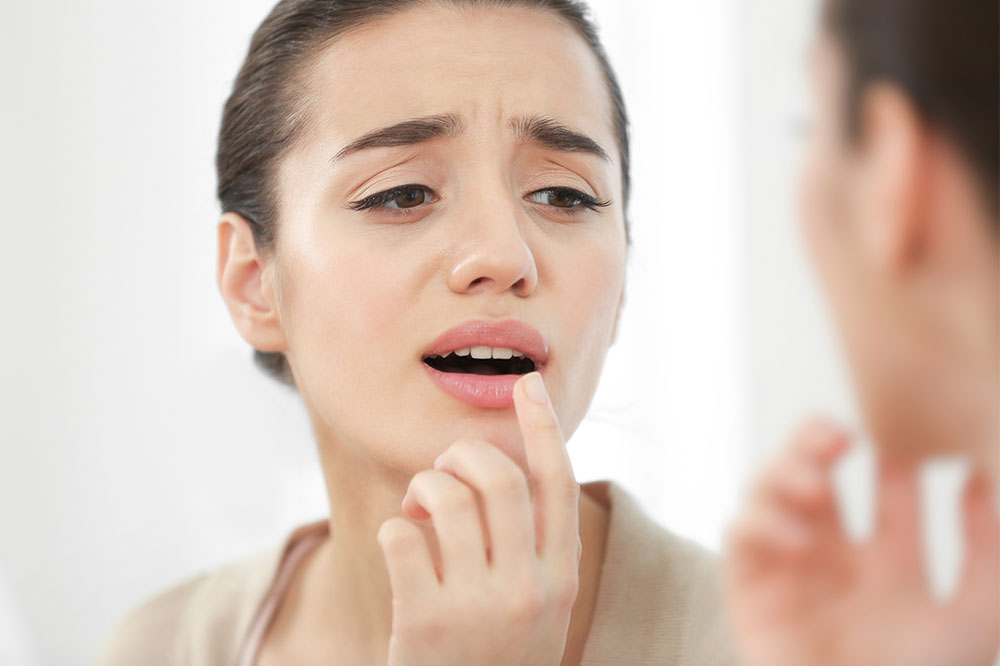
Everything to know about cold sores
Cold sores are small, painful blisters that typically appear on the lips, chin, or nostrils, and are extremely common in people worldwide. If you’ve ever had one, you know how painful and unsightly they can be. But what exactly are cold sores, and is there anything you can do to get rid of them? This article will explain everything you need to know about cold sores, along with tips to get rid of them quickly.
What is a cold sore?
It is a small blister that typically develops along the border of the lips. It can also appear on the tongue, inside the cheek, or around the nose. These blisters can last for several days and can even result in fever blisters.
What are the causes of cold sores?
There are many factors contributing to cold sores, but the most common is the herpes simplex virus (HSV). This HSV virus is highly contagious and can be spread through skin-to-skin contact or by sharing contaminated items, such as utensils, towels, or razors.
Once HSV enters your body, it cannot be fully treated. It usually lies dormant in your nerve cells until something triggers it to become active again. Common triggers include stress, fatigue, illness, sunlight exposure, and hormonal changes. When HSV becomes active, it travels down your nerve cells to your skin, where it causes a cold sore to form.
Symptoms of cold sores
The symptoms of cold sores can vary depending on the person, but they typically include the following symptoms:
Blisters
Blistering is a common symptom of cold sores. These tiny, fluid-filled sacs form when the virus attacks your skin cells and causes them to burst. The blister may ooze or bleed and be painful to touch.
Swollen lymph nodes
Swollen lymph nodes are another common sign of cold sores. They’re usually tender to the touch and slightly enlarged in size.
Fever
Fever is also fairly common during this period because the body is trying to fight off the infection.
Crusting
The skin may form a hard covering over the sore that is painful to remove. This may occur after any exposure to moisture or wind.
Tingling
The area around the sore may feel numb or tingly due to nerve damage caused by the herpes virus.
Muscle pain
Cold sores often cause intense pain when touched or licked, lasting several days.
How can you get rid of cold sores?
Oral antiviral treatment
This can help shorten the period of a cold sore outbreak and reduce the severity of symptoms. It’s essential to start the treatment as soon as possible after noticing symptoms, though, so it can be most effective.
Intravenous (IV) antiviral treatment
This remedy is typically only used in more severe cases, but it can be very effective in helping to get rid of cold sores quickly. Your doctor may recommend this option if you have a particularly bad outbreak.
Ointments
Several over-the-counter treatments help to speed up the healing procedure and reduce the pain or discomfort associated with cold sores. These include ointments, creams, gels, and patches.
Some home remedies can also be effective in treating cold sores. For example, applying a lip balm or cream containing sunscreen can help protect your lips from further damage. You can even try using a cotton ball soaked in witch hazel to dry the sore.
No matter which treatment you choose, it’s essential to follow all instructions carefully and finish all recommended doses to ensure that your cold sores completely disappear.




